The following essay will appear in Climates: Architecture and the Planetary Imaginary, published this spring by the Avery Review and Lars Müller Publishers.
It may be that, in the near future, we will come to see how the problems posed by climate change will have opened an entirely new epistemological horizon. Already, such an effect can be registered in the ways many contemporary forms of knowledge have begun approaching the notion of “scale” through radically non-modern ontologies. Emerging across many disciplines are sets of objects, processes, and phenomena visible only insofar as they traverse traditional scalar and temporal categories—“hyperobjects,” flat ontologies, and vibrant matter that cannot be made legible unless we abandon our inherited epistemological frameworks and invent new ones.1 It is a tendency that has altered discourses from geography to philosophy, political theory, and sociology.2 Architecture, too, has begun to respond to these epistemological cues embedded in problems brought about by climate change (urban ecologies, the “Anthropocene,” resource geographies, etc.), all of which call for developing knowledge outside traditional scalar categories precisely because the problems climate change makes visible adhere to none and can be observed across all. The urban, too, is another such category increasingly seen to surpass all traditional scales and spatial confines. From “metropolitan” to “megalopolitan” to “regional” to “planetary” in scale, urbanization now reveals itself traversing deserts, arctic regions, and can even be found in the atmosphere.3 Indeed, it is possible that we can no longer comprehend the urban as a spatiality isolated to any one particular scale at all but must instead illuminate it in its full, trans-scalar ontology. The urban, it would seem, has no scale.
We architects and urbanists tend to respond to this epistemological shift without fully conceiving the corresponding conceptual tools with which to assess the urban. As a result, we acknowledge the trans/non-scalar nature of the urban by fixating on the very same cues that urbanists have always looked at: the continual expansion of the urban into ever-greater scalar referents. In other words, we see whatever gets bigger. On the one hand, such an expansive perception is confirmed in the increasing scales at which urban design operates. Projects like Grand Paris transfer architectural knowledge from what may have been “urban” in scale to what is now ostensibly “regional.”4 On the other hand, architectural knowledge in general has seen more interest in notions of territory, logistics, resource extraction, migration, and even “planning the planet.”5 And if Neil Smith’s work in urban geography exposed the process of capitalist urbanization as progressively “jumping scales,” it is perhaps this legacy that Neil Brenner and Christian Schmid have more recently built upon in their work on “planetary urbanization.”6 The work produced in Brenner’s Urban Theory Lab in Harvard’s GSD is a brilliant and seductive examination of precisely how far such scalar jumps have gone, bringing the urban into hitherto unknown spaces and realms, whose visibility coincides with that of the planet.

Yet if such a tendency has crystalized a certain image of the urban around the spectacle of the “planetary,” we inevitably overlook the effects simultaneously produced at other scales by the very same processes. If the urban is continually expanding in scale, what effects, spaces, and technologies are produced at more immediate scales and sites?
Indeed, emerging today is a practice of urbanism whose strategies seem to hinge on their ability to organize circulations and technologies, bodies and ecologies, regions and infrastructures, all without regard to scale. It is a form of urbanism that works in far more ambient, subtle, yet radically transformative ways, one whose viability comes insofar as its interventions remains invisible, at most concealed behind other more overt modifications of space. And while it may provide a degree of novelty to focus on the scalar magnitude that such an urbanism proposes, it is the relations it builds across scales that makes this practice truly new.
What all this promises is to lay the foundations for a mode of urbanization whose processes are far more complex than the caricatures we tend to conceive of buildings and roads unfurling endlessly across the planet. In fact, it may well be that such caricatures of urbanization are already captured in and put to work for this newer, more elusive form of urbanism as a crucial set of symbolic signifiers that justify its innovations. While this particular breed of urbanism has gone by many names during its gestation, today it calls itself “resilience urbanism.” And only today, in direct response to climate change, has it achieved a certain maturity, demonstrating its agenda through a logic that seamlessly coordinates its strategies across multiple scales of space at once. Indeed, if there is a single novel quality that this urbanism displays, it is this. Yet such an attribute is no small thing: in the age of climate emergency, it is precisely this trans-scalar capacity that promises to conceive of spatial design as a strategy increasingly oriented to spatializing law itself.
New York City’s Rebuild by Design (RBD) is resilience urbanism’s most high-profile project to date. Launched in the summer of 2013, following the devastation of Hurricane Sandy, Rebuild by Design is an ongoing effort to implement corrective measures across the metropolitan region’s coastal zones and the aging infrastructural networks they depend on. The project positions itself as a sober response to the reality of climate change and its promise for more extreme weather to come. While I do not wish to review this project and the ten design proposals that constitute it in detail, I would like to use this project instead to examine how it constructs itself as a set of strategies that, by conceiving themselves as eminently trans-scalar, work in direct relation to a parallel restructuring of law itself.7 What RBD proposes, in other words, is a radical transformation of governmentality through a coordinated set of spatial technologies.8 If modern urbanism gained “scientific” consistency by organizing its knowledge and technologies as a hierarchy of discrete scales, resilience urbanism, as evidenced by RBD, is an attempt to invert this logic: it is a program of scalar coordination. Its technologies, strategies, and innovations all issue from a common ambition to smooth scalar differences into a single, coordinated space of governance—a regional technology designed for efficient emergency management of the totality of bodies that dwell within it. Indeed, much more than a project of regional-scale design, as it may appear, RBD is a program to urbanize the body across the scale of the earth.
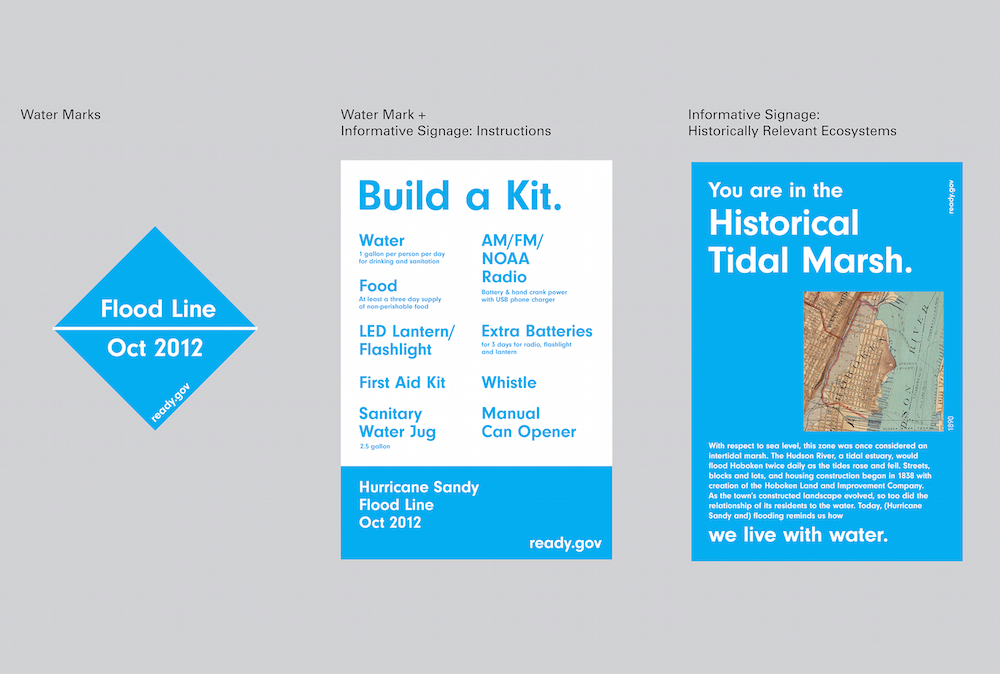
Government by Design
Initiated by the Rockefeller Foundation in coordination with municipal and national initiatives, RBD has brought together architects, urbanists, engineers, marine ecologists, climate scientists, and economists to propose a new approach to design in the age of extreme weather. The projects assembled by RBD unanimously eschew any radical transformations to the physical spaces of Greater New York City. And while they tend toward regional plans, the strategies of RBD actually operate at a much finer grain. Appearing to promote agency rather than heavy-handed design, what the projects seem to consist in are largely “reclaimed” spaces at the interface of land and water, appropriated by the bodies who inhabit them—shoppers at a local market, families playing on docks, tai chi under the freeway—all of which seem to accentuate the everyday behaviors of individuals. We find urbanism takes on a pedagogical capacity: citizens are now constantly informed about the risks of flood and the local histories of climate catastrophe within the city. Signs, placards, and public institutions distributed throughout the city serve as signposts for a new cult of crisis to establish itself in the metropolitan consciousness. The spaces of RBD are evidently “smart” spaces, with cybernetic technologies coordinating a new sense of public exchange: Citi Bike stands couple real-time hurricane and flood information with public Wi-Fi hotspots and cellphone charging stations; news kiosks distribute “Flood Risk” flyers; and smartphones are equipped with flood-risk apps, all of which will assure the widespread integration of a new public knowledge of climate emergency and its spatio-social management. In fact, it was observed that the process of design itself should play an “essential role” in “educating the civic partners about issues related to resiliency.”9 These strategies, all made evident in renderings, drawings, and diagrams from RBD proposals, and further elaborated in their project descriptions, make the integration of smart city technologies more overt while at the same time departing from any familiar and childish infographics typical of smart city representations. In the final round of RBD, several of the winning proposals suggested that, through the use of distributed Internet and Communications Technology (ICT) infrastructures, new feedback loops of data relevant for government, first responders, insurance companies, and the general population could be created to streamline the management of emergency situations in both immediate (first responders)10 and long-term time scales (recalibration of risk by insurance companies).11
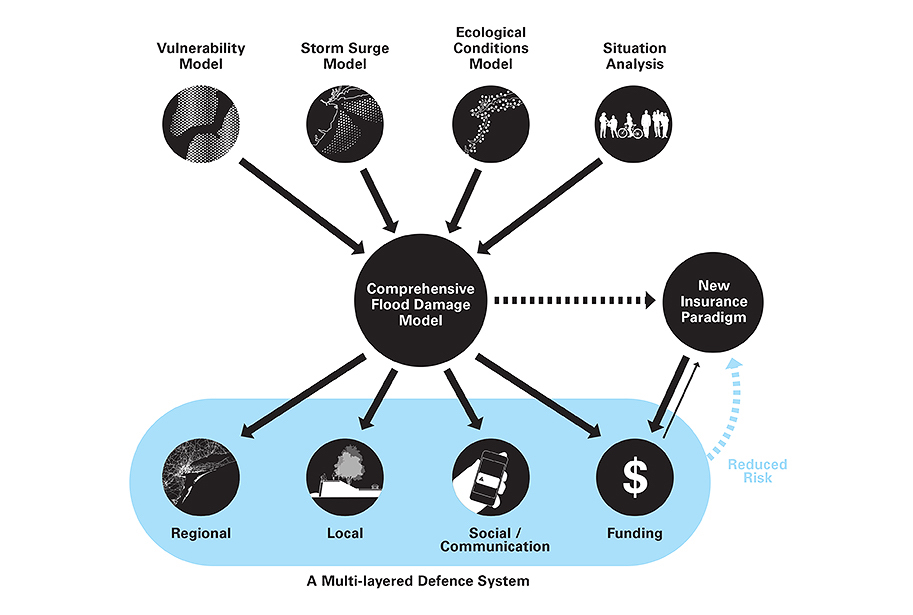
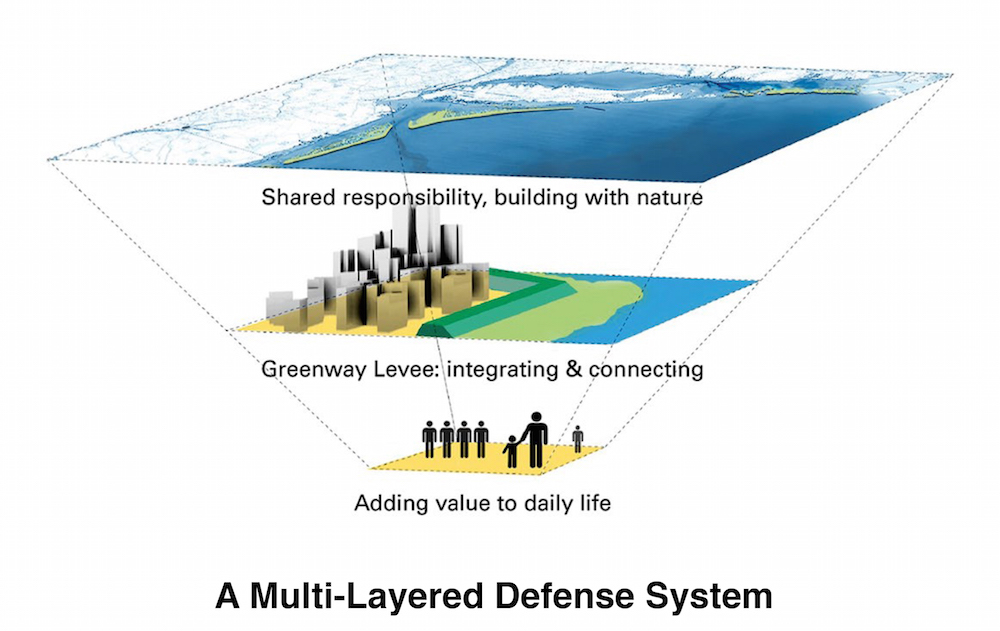
More recently, RBD has begun to aggressively advocate for far-reaching legal reforms that they assert will help to achieve “resilience.” In June of 2014, RBD published a report aimed to direct conversations that would take place during a roundtable held later that month. RBD asked its ten design teams to identify areas in which their proposals would encounter legal and policy-based obstacles. The results of this were distilled into three main topics of discussion: how to formalize “civic infrastructures,” or how community and civic groups may establish formal relations with government planning; how governmental models could be reformed to “balance human, ecological and economic needs in coastal areas”; and last, how to expand “nature-based solutions” as a form of urban design. The three topics, Collaboration by Design, Governance by Design, and Restoration by Design, respectively, intended to address a realm that is exposed by the design process yet goes beyond what it is able to prescribe: the design of law. “More than design innovation, we will need policy and social innovations to make sure that the Sandy-affected region and the nation become more resilient as we continue to rebuild.”12
What came out of this meeting was summarized in a white paper published a year later.13 While divided into three broad “topic papers” the first two—“collaboration by design” and “governance by design”—address the overall question of how governance should be reformed to accommodate the mandates of resilience. In these papers, RBD participants emphasize the need to coordinate government across all scales. The current model, described as “fragmented,” operates through clumsy and often nonexistent mechanisms to coordinate federal, regional, state, municipal, and local authorities when faced with an emergency at the scale of Sandy. Current governance operates as a system whose structural opacity makes the distribution of resources and the communications between levels inefficient, if not dysfunctional in the face of emergency, all of which was made patently obvious in the handling of Sandy’s aftermath. What RBD participants call “Administrative Continuity” is an effort to restructure government across levels, collapsing all levels of governance into a single fluid machine of government tuned to respond to the imminent emergencies that climate change promises to produce. This makes sense: since the climate is not bound to a single scale, neither, too, should the governmental response to its effects. “To address emerging environmental and social challenges, we must operate at the scale of climatic and ecological regions, and in a way that puts communities first.”14
In this restructuring of government, the model of “administrative continuity” highlights the figure of “the community” as not simply the beneficiary of a reformed governmental structure but rather as a central figure in the governmental space of resilience itself. “Communities must be drivers of resilience,” headlines the “Collaboration by Design” paper, a statement that opens questions about how community efforts connect with governmental planning and what “gaps” exist in the span between the two. If it was “the community” that was the victim of poor governance in the recovery efforts following Sandy, it is now “the community” that must be endowed with new powers given by the emerging framework of resilient governance. Just as government must adopt resilience, so, too, the participants of RBD suggest, must communities and civic groups be encouraged to “fully embrace resilience as part of their mission.”15 Community here is reconstituted as a formalized entity within resilient governance. Through an “engaged partnership” between government and the local coastal communities of greater New York City, the notion of “community” is transformed into a key site in which a new governmental knowledge relevant to resilience may emerge.
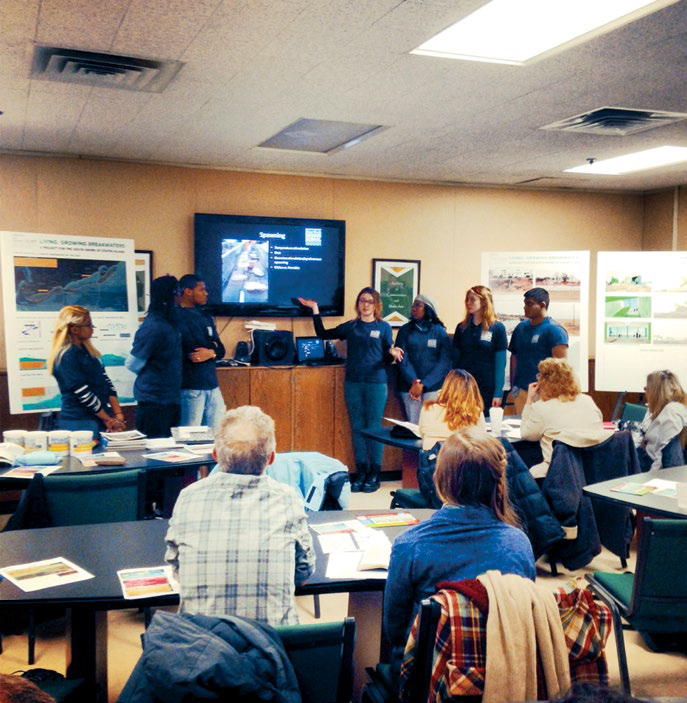
If resilient government must work vertically across scales, it must also do so more “inclusively.” The government’s expanded field of operation within the category of “community” thus requires a kind of pedagogical campaign through which to elucidate a set of values that “community” must adhere to within a broad framework of resilient governance. The role ascribed to design here takes on new importance, which the participants of RBD highlight. For not only is design a matter of proposing legible strategies for the city, but they must also serve as an educational interface through which to both include communities in the design process and, more importantly, to narrate the values embedded in the program of resilience more broadly. Described as “awareness,” design becomes both a medium and a practice through which to penetrate the opacity of community, disciplining it to speak in a common language. “The RBD process developed compelling images and concepts, and these should be utilized for creating awareness and continued engagement. […] As more stakeholders become aware of the projects and develop greater interest as they continue to go through implementation, a larger community will remain plugged into the Rebuild by Design process.”16 Here, transparency is rife: If this language, carried across in design, images, and spatial diagrams, makes transparent how space is to be reorganized, infrastructures reworked, climate imagined, it uses this language as well to construct and make visible new governmental relations relevant to resilient government.
One of the key forms of design that has been embraced by RBD teams and is actively pursued by the organization as a whole, is so-called nature-based solutions—“sand engines” and oyster beds that can absorb storm surges, breakwaters modified to shield from flooding, water basins optimized to absorb floodwaters more efficiently, and so on. All these proposals constitute ways in which “nature” is incorporated into the design of the urban in ways that selectively cancel out (“naturally”) those of its more negative effects.17 Perhaps more fascinating than these design innovations is the fact that, unlike traditional modes of design, they all seem to require perpetual stewardship. Whether monitored centrally or through a more “bottom-up” engagement with community groups, nature-based solutions present themselves as eco-cybernetic technologies, at once using “nature” and its inherent processes, effects, and qualities in order to normalize the climate. Draped over with technologies of monitoring, “nature” becomes at once celebrated in its opposition to old-fashioned, man-made infrastructures, while at the same time it is transformed into a technology known through the copious data it produces. Indeed, nature-based solutions all seem to demand vast assortments of data-collecting technologies, sensors, and computational models, all of which are measured against “performance metrics” to present a real-time image of climate at the interface of land and ocean.18
In such an eco-cybernetic space, data must be comprehensive, high-quality, and perpetual. Just like resilient governance, the data collected must be consistent across multiple geographies. According to an agenda of “administrative continuity,” it must extend a new span of knowledge from the individual “user” to the climactic reaches of extreme weather.19 Because such a span implies a monumental effort in collecting sufficient data, the RBD participants highlight a concern in the inevitable “gaps” of knowledge that will appear within—the processes, objects, measurements, and metrics that slip outside the datascape of ubiquitous computing and cybernetic sensory technologies. They suggest that a “data clearinghouse” can be opened up in parallel—an entity that aggregates multiple sets of data including community-based open source data, thus also able to identify and fill in gaps in the overall structure of information.20 For resilience to operate through nature-based solutions, data pertaining to it must be total just as much as it must also be “compelling.” It must translate itself not only to be accessible to a broader public, but to seduce it. Its seduction comes in part because it illuminates itself to the inhabitants of the urban in the real-time unfolding of nature, captured in brilliant colors on LCD screens and endless updates communicated through smartphone apps. Less the crisis of climate, what becomes the object of a total visibility in the space of resilient urbanism is a climate of crisis.
RBD correlates, perhaps more clearly than any other project to date, with what Byung-Chul Han has called the “transparency society.”21 If transparency is a kind of meta-agenda of neoliberalism, as Han has argued, we can see how the production of space proposed in RBD so neatly corresponds to a neoliberal form of government. The constant appeal to “putting communities first” strikes certain tones of a Big Society strategy in which empowerment and “community stewardship” can appear as cheap foils for off-loading governmental responsibility to real communities that are marginalized and precariously exposed to the dangers of climate change. Indeed, the subtle “inclusion” of community as a quasi-formal category of government in effect also converts what is by definition precluded from governmental apparatuses: community, it could be argued, is precisely an ethics that persists in the absence of government. The clearest appearance of such a community manifested itself spontaneously in the wake of Sandy in the neighborhoods and regions that were most affected by the storm, exactly in the lack of governance within these areas. Built on top of the movements like Occupy Sandy (an offshoot of the Occupy Wall Street movement), community emerged as a practice that worked through a collectively shared, unchecked debt that circulated throughout spaces in the New York City region.22 Since the appearance of community understood in this way naturally threatens government, it is no surprise that “community” reappears so prevalently in RBD as the object of reformed governmental care. The semi-inclusion of “community” in resilient governance is also its negation—a move that would constitute what Roberto Esposito has called the immunization of community, absorbing and immunizing such communitarian bonds by formalizing this category as a quasi-governmental agency—an army of circumspect “stewards” of the resilient city. 23 Ubiquitous computing, sensors, and the constant production and reproduction of data are precisely the mechanisms through which such bonds can be weakened and new ones established. As the participants of RBD emphasize, the use of “nature-based solutions” requires a “fundamental shift” in the status of coastal communities:
Data, in this sense, complements design as a multifaceted pedagogical interface that actively deterritorializes communitarian relations, reterritorializing them as relations between the body and technology.
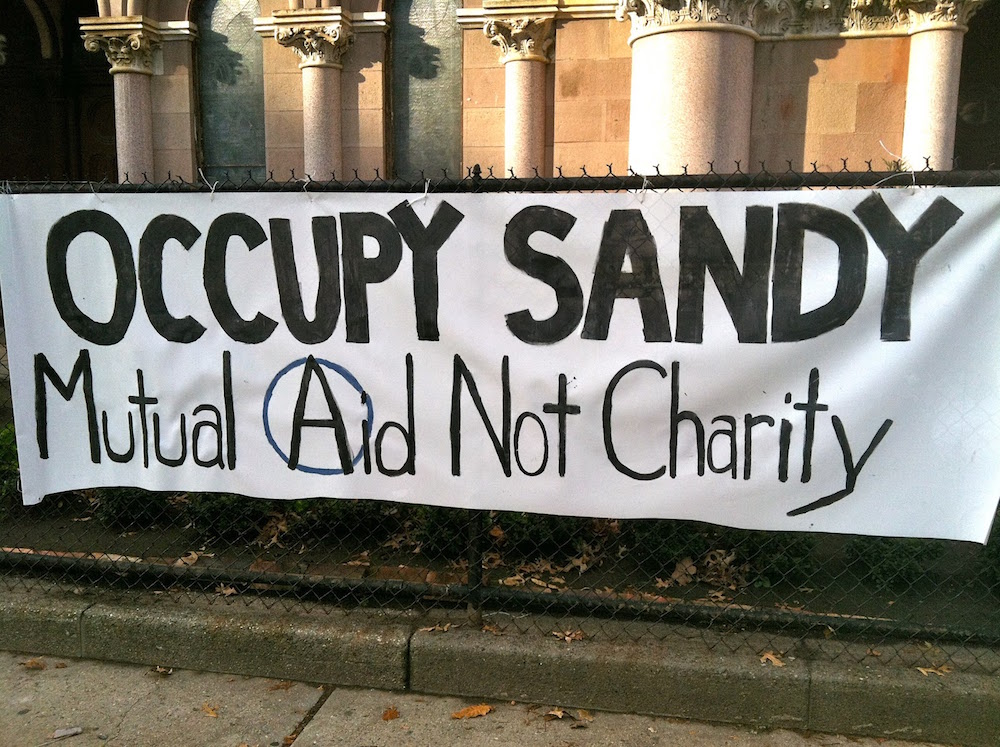
Urbanization Without Scale
If, throughout the twentieth century, the predominant scientific depiction of the body as a set of universal measures allowed it to assist in standardizing the reproduction of urban space, it also, for that reason, made the body visible as the site of abnormalities and incompleteness, requiring evermore effective controls and regulations to intervene on it. With the techno-positivism of cybernetic thought and its introduction into emergent urbanisms from the 1960s onward, an apparent reversal takes place in this relation in which the body, seemingly liberated from its narrow, “top-down,” modernist molds and standardizations, presents itself instead as an immeasurably complex, self-regulating organism.24 Conceived in this way, technology will no longer aim to operate on the body through the rationalization of space itself but will attempt instead to achieve this same result by rationalizing behavior, accounting for it as a totality visible through data. It will do so by exposing the body to a far more penetrating visibility than ever before, one that no longer understands it as a biological machine, nor sees it against a background of norms. Rather, this new use of technology constitutes the body as an intricate, responsive social machine, one that voluntarily opens itself to the urban milieu it inhabits. Data, captured in real time, constructs this visibility in catalogs of the most intimate, domestic behaviors, movements, needs, and desires—signatures and patterns, the metadata through which the basis for an entirely new urban knowledge can take shape.25
Far from the urbanism of Robert Moses, resilience urbanism appeals to a certain “back to basics” attitude by demonstrating how the totality of existing urban space can be technologically augmented to achieve its goals. A vast array of technologies emerge across scales as the new face of an urbanism of pure disclosure—an urbanism that aims to bring to light all that has remained outside the scope of modernist urbanism. While “population” may have been an indispensible tool for modernist planning and urbanism, today, with high-resolution cybernetic urbanism, such a figure, known through statistical depictions, becomes increasingly redundant. For this reason, it is the body that has become the lens through which a new visibility of life—and of the urban—is brought to light. Through the application of such technologies, the most intimate patterns and everyday movements of bodies in urban space are aggregated as the objects and information from which a new visibility of the city can be constituted, since it is by knowing the habits and activities of every body in real time that life in a theater of crisis can be permanently managed. By articulating a new visibility of the body within a space of climate crisis, it is also the climate and its effects that are made transparent through models and sophisticated risk-forecasts, and re-presented as a permanent and dazzling feature of urban space.
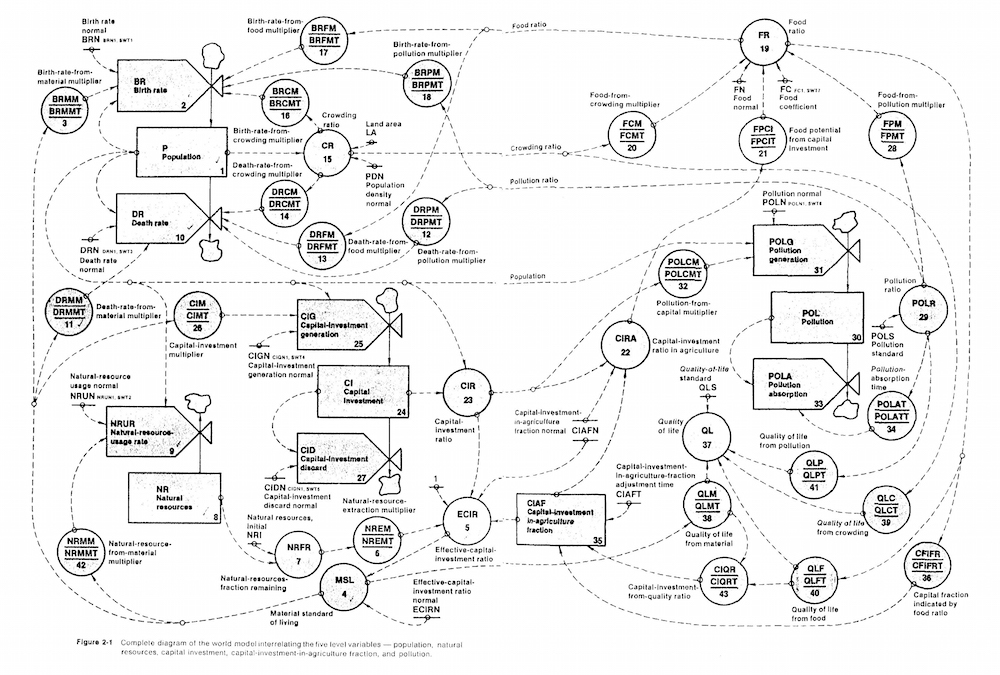
If modernist urbanism understood the body through a set of rational metrics, today’s unleashes a regime of transparency as an effort to document the body through its irrationality. Rather than merely another example of the urban rambling onward through ever greater scalar registers, resilience urbanism constitutes an attempt to treat urban space as a scaleless totality, a space understood as a frictionless composition of the rational and the irrational—the rationalized space inherited from twentieth-century urban planning, made sensible through the necessarily irrational behaviors of life that inhabits it. Irrationality here is no longer the negative of rationality: rather, the two are simply qualities of life that can be equally measured, modeled, and predicted. Such a logic allows it to work from the scale of the body to that of the region and, by extension, the world without contradiction. If urban design is to unfold as a spatially mediated campaign of climate awareness, its effect will be to recast the urban as a machine of immunization through the smoothing out of human behavior across all scales into an undifferentiated field of positivities. The urban, no longer comprehensible as something discrete like a “city,” perhaps gains more clarity as an ecology. However, if this is the case, the body, though its cybernetic urbanization, also gains a significantly new ontological status, for resilient technologies do not register the body as a discrete entity—the physical correlate to the liberal individual; rather, they work precisely by treating the body as a dividual whose presence in urban space is recorded as a catalog of body-effects distributed across space and time and made whole only through the associative metadata relevant to re-presenting the urban as a population-system—an ecology of bodies immersed in a climate of emergency.
-
“Hyperobjects,” following a Latourian ontology, offers a new philosophical-ecological framework for thinking phenomena across scale—questions posed by the arrival of Big Data, the Anthropocene and Quantum Mechanics all demand a trans-scalar, trans-temporal ontology to comprehend the (hyper)objects they illuminate: “things that are massively distributed in time and space.” See Timothy Morton, Hyperobjects: Philosophy and Ecology After the End of the World (Minneapolis: University of Minnesota Press, 2013), 1. While “flat ontology” can be attributed to Manuel DeLanda, this notion has been more recently reinterpreted by several from the Object-Oriented Ontology/Speculative Realism camp (Levi Bryant, Graham Harman, etc.) to advocate for a nonhierarchical ontology consisting of objects whose ontological consistency extends across spatio-temporal scales. See Manuel DeLanda, Intensive Science and Virtual Philosophy (London: Continuum, 2002). In a more muted way, Jane Bennett’s concept of “vibrant materialism” assembles a similar span of issues to build a political ecology that resides as much in human agency as it does in that of nonhuman and more-than-human materialisms. Again, such a political ecology points to a new ontology of “things”: objects, phenomena, and events that resist classical compartmentalization in scale and time. See Jane Bennett, Vibrant Matter: A Political Ecology of Things (Durham: Duke University Press, 2010). ↩
-
See, for example, Neil Brenner, “The Limits to Scale? Methodological Reflections on Scalar Structuration,” Progress in Human Geography, vol. 25, no. 4 (2001): 591–614; or Bruno Latour’s short extract from the Geochemistry of the Earth’s Surface meeting, published as Bruno Latour, “Some Advantages Of The Notion Of ‘Critical Zone’ For Geopolitics,” Procedia: Earth and Planetary Science 10 (2014), 3–6. Latour’s work has, of course, had a great influence on the recent development of Object-Oriented Ontology, discussions around the Anthropocene, and Radical Ecology, to name but a few effects of this sort that have emerged in the last years. ↩
-
See Neil Brenner, Implosions/Explosions: Towards a Study of Planetary Urbanization (Berlin: Jovis, 2014). ↩
-
See Theresa Enright, “Illuminating the Path to Grand Pari(s): Architecture and Urban Transformations in an Era of Neoliberalization,” Antipode, vol. 46, no. 2, (2014). ↩
-
“Plan the Planet: Jaqueline Tyrwhitt and the Formation of International and Global Architecture” (March 20, 2015), a symposium conducted at The Architectural Association, London. ↩
-
Neil Smith, “Homeless/Global: Scaling Places,” in Mapping the Futures: Local Cultures, Global Change, ed. John Bird, Barry Curtis, Tim Putnam, and Lisa Tickner (New York: Routledge, 1993): 87–119. ↩
-
For more on this project, see Ross Exo Adams, “Notes from the Resilient City,” Log 32 (2014): 126–39. ↩
-
Michel Foucault’s well-known notion of governmentality identifies the ensemble of modern power whose increasingly administrative character developed over the nineteenth century by tying together political economy (as its form of knowledge), population (as its subject-object), and “mechanisms of security” (as its means of intervention). The result is, as Foucault has shown, a form of political power that, taking “life under its care,” expands its realm of intervention across “the whole surface that lies between the organic and the biological, between body and population.” This concept, for Foucault, helps to explain the rise of statistics, the massive investment in data collection, and the new technologies of power that accompanied the rise of this new political epistemology from the nineteenth century onward, all of which created a new knowledge of the state based on the body and the population as at once biological and political-economic categories. For more on this notion, see, among others, Michel Foucault, Society Must Be Defended (New York: Picador, 2003), 253. ↩
-
Rebuild by Design, “Policy by Design: Promoting Resilience in Policy and Practice” (June 2014), link, 11, hereafter cited as “Policy by Design.” ↩
-
See WXY/West8’s proposal, in particular pages 9–12 and the discussion on Catastrophe Risk Engineering on pages 106–109: link. ↩
-
Rebuild by Design, “Policy by Design,” 2. ↩
-
Rebuild by Design, “Policy by Design: Promoting Resilience in Policy and Practice, June 2014 Roundtable Discussion Summary” (June 2015), link, cited hereafter as “June 2014 Roundtable.” ↩
-
Rebuild by Design, “June 2014 Roundtable,” 7–8. ↩
-
Rebuild by Design, “June 2014 Roundtable,” 4–5. ↩
-
Rebuild by Design, “June 2014 Roundtable,” 11. ↩
-
See Adams, “Notes from the Resilient City,” 126–39, and Bruce P. Braun, “A New Urban Dispositif? Governing Life In An Age Of Climate Change,” Environment and Planning D: Society and Space, vol. 32, no. 1 (2014): 49–64. ↩
-
Rebuild by Design, Policy by Design, 10. ↩
-
Rebuild by Design, Policy by Design, 8, 10 ↩
-
Rebuild by Design, Policy by Design, 10. ↩
-
Byung-Chul Han, The Transparency Society (Palo Alto: Stanford University Press, 2015). ↩
-
Alan Feuer, “Occupy Sandy: A Movement Moves to Relief,” New York Times, November 9, 2012. ↩
-
See Roberto Esposito, Communitas: The Origins and Destiny of Community, trans. Timothy Campbell (Stanford: Stanford University Press, 2010), and Esposito, Bíos: Biopolitics and Philosophy (Minneapolis: University of Minnesota Press, 2008).
Using natural systems for flood protection requires a fundamentally different way of thinking of coastal communities, and their benefits may be less evident or intuitive than infrastructural approaches. Engagement and education programs must be incorporated into project development, such as in demonstration projects where communities can learn first-hand about the interventions. Helping communities understand how different solutions address different problems or risks also creates local buy-in.[^24]
-
On urbanism and cybernetic thought, see Michael Batty, Cities and Complexity: Understanding Cities with Cellular Automata, Agent-Based Models, and Fractals (Cambridge, MA: MIT Press, 2005). The connection between urbanism and cybernetic systems thinking can be attributed to J.W. Forrester’s pioneering work: see Jay Wright Forrester, Urban Dynamics (Waltham, MA: Pegasus Communications, 1969). ↩
-
See Jennifer Gabrys, “Programming Environments: Environmentality And Citizen Sensing In The Smart City,” Environment and Planning D: Society and Space, vol. 32, no. 1 (2014): 30–48. ↩
Ross Exo Adams is an architect and urbanist whose research looks at the historical and political intersection of circulation and urbanization. He is currently an assistant professor of architecture at Iowa State University.

